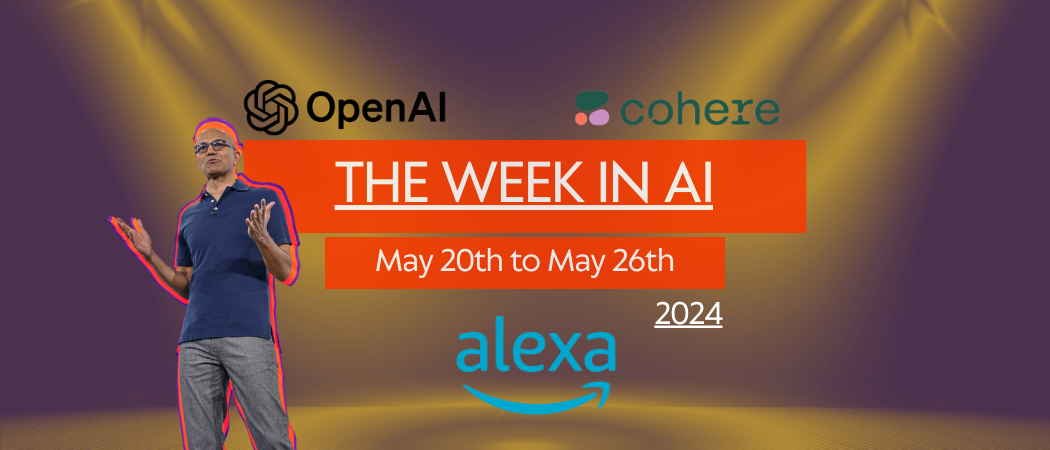
Artificial intelligence (AI) has rapidly transformed the world around us, influencing everything from how we shop to how we receive medical care. Once the exclusive domain of tech giants and research labs, AI is now becoming increasingly accessible to businesses and individuals of all sizes. The last 2 years has seen AI is finally make its way into the hands of the people.
Why Democratize AI?
Aside from literally ensuring progress of our species, the benefits of democratizing AI are numerous:
- Increased Innovation: Already visible in the creative arts! By making AI tools more accessible, a broader pool of individuals can contribute to AI development and implementation. This fosters innovation and leads to the creation of diverse and impactful AI solutions.
- Improved Efficiency and Productivity: AI can automate repetitive tasks and generate valuable insights, allowing businesses to streamline operations and work smarter, not harder. The downside is that AI is likely to pick up mundane and repetitive tasks and display a significant chunk of the human workforce.
- Enhanced Decision-Making: AI can analyze vast amounts of data to identify patterns and trends that humans might miss. This data-driven approach can lead to more informed decision-making across various sectors. Models like GPT-4, and Gemini Pro 1.5 and Claude 3 are already better than a significant chunk of humans at decision making and clearing standardized tests.
- Leveling the Playing Field: The democratization of AI allows smaller businesses to compete with larger players by providing access to tools and resources that were previously out of reach. This is provided Big Tech doesn’t enforce regulation in favour of their monopolies.
Making AI Accessible: Platforms and Resources
Several platforms and resources are making AI development and implementation more manageable for non-experts:
- Cloud-Based AI Services: Big tech are playing their part! Cloud platforms like Amazon Web Services (AWS) and Microsoft Azure offer pre-built AI services and APIs. These services allow users to leverage pre-trained AI models for tasks like image recognition, natural language processing, and sentiment analysis without extensive coding knowledge. (https://aws.amazon.com/, https://azure.microsoft.com/en-us)
- Low-Code/No-Code Platforms: Platforms like Google Cloud AI Platform and Teachable AI allow users to build and deploy AI models through a visual interface with minimal coding required. These platforms offer drag-and-drop functionalities and pre-built templates, making AI development more approachable. This is the most fundamental part of making AI accessible to everyone. (https://cloud.google.com/vertex-ai, https://teachable.com/ai-curriculum-generator)
- Open-Source AI Tools: A growing number of open-source AI frameworks and libraries are available, such as TensorFlow and PyTorch. These tools offer developers a foundation for building custom AI models, fostering collaboration and innovation within the AI community. (https://www.tensorflow.org/, https://pytorch.org/)
- Educational Resources: Online courses, workshops, and tutorials on platforms like Coursera and Udacity provide valuable learning opportunities for those interested in acquiring AI skills. These resources cater to different levels of expertise, making AI education more accessible. (https://www.coursera.org/, https://www.udacity.com/)
The Road Ahead
The democratization of AI is still in its early stages, but it holds immense promise for the future. As AI tools and resources continue to evolve, we can expect even greater accessibility and a more inclusive AI landscape. However, challenges remain, such as ensuring data privacy and security, mitigating bias in AI algorithms, and fostering responsible AI development. By addressing these challenges and promoting collaboration across various stakeholders, we can ensure that the democratization of AI unlocks its full potential for the benefit of all.
Additional Resources:
- Democratization of Artificial Intelligence – Net Politics in the Era of Learning Algorithms: (If books on AI democratization are your thing) https://library.oapen.org/handle/20.500.12657/43874
- Everything You Need to Know About AI Democratization: (An interesting read and some source material for this blog) https://www.voltactivedata.com/blog/2023/11/everything-you-need-to-know-about-ai-democratization/




